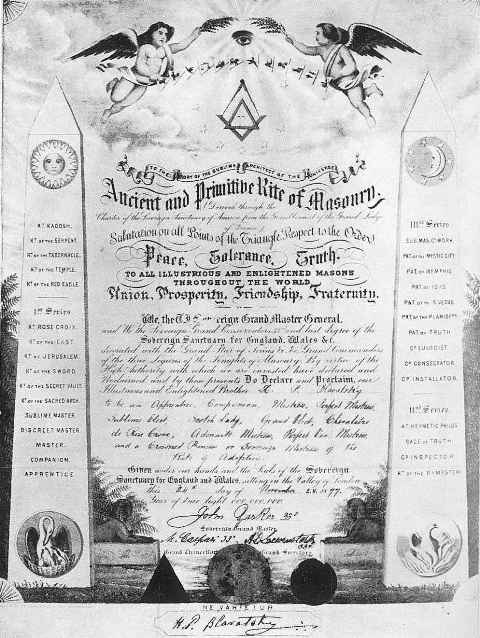
Sri Lankan television gave extensive coverage to the 125th anniversary of the Buddhist flag, which was flown for the first time on April 28, 1885. Announcing the event, the Colombo Daily News of April 22 reported:
The Buddhist Theosophical Society has organized several religious events to celebrate the 125th anniversary of the Buddhist flag, in collaboration with the Religious Affairs and Moral Uplift Ministry. The Buddhist flag was first hoisted in Sri Lanka in 1885. The opening ceremony will be held at Maligakanda Vidyodaya Pirivena with President Mahinda Rajapaksa as the chief guest.
With efforts of the Buddhist monks like Ven. Hikkadwe Sri Sumangala Nayake Thera, Migettuwatte Sri Gunananda Thera and Henry Steel Olcott, Buddhists got freedom to engage in their religious activities…Henry Steel Olcott felt that Buddhists needed a symbol. The Buddhist flag was designed by J.R. De Silva and Henry Steel Olcott to mark the revival of Buddhism in 1880. It was accepted as the international Buddhist flag by the 1952 World Buddhist Congress.
There are six colours in the flag blue (Neela), yellow (Peetha), red (Lohitha), white (Odhatha), orange (Manjasta) and the mixture of all these colours (Prabhaswara). Each colour signifying various things. Blue signifies the concept of loving kindness and peace in Buddhism, yellow signifies the middle path that is the complete absence of form and emptiness.
Col. Olcott, of course, figured prominently in the coverage of the anniversary, making it seem as if the flag was his project, though he claimed only to have suggested the shape. No doubt, because of his travels through the Buddhist countries of South East Asia, he grasped its potential as an important symbol. The flag has gone on to become a pan-Buddhist emblem. One wonders if HPB had any input into the process: the choice of the colours from the Buddha’s aura and its significance, especially since the committee that developed it was made up of prominent Theosophists?
In 1962 a ban on the Buddhist flag being flown at Vesak by the President of Vietnam, a Catholic, led to protests there. When protesters were shot, Buddhist monks joined in the demonstrations. This led to attacks on the pagodas and roundups of Buddhists by the army. The subsequent coup by the army served to escalate the Vietnam War.
Coverage of the anniversary of the flag from Sri Lankan television can be seen here.




